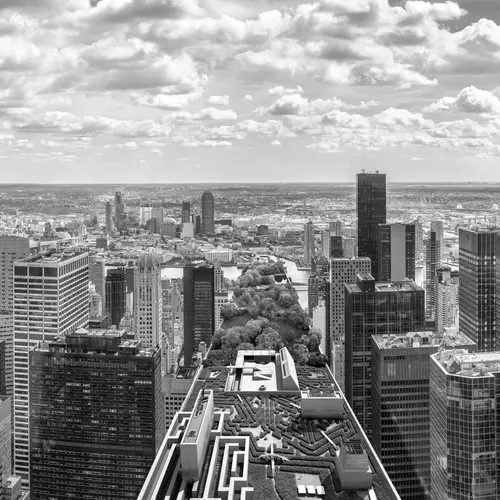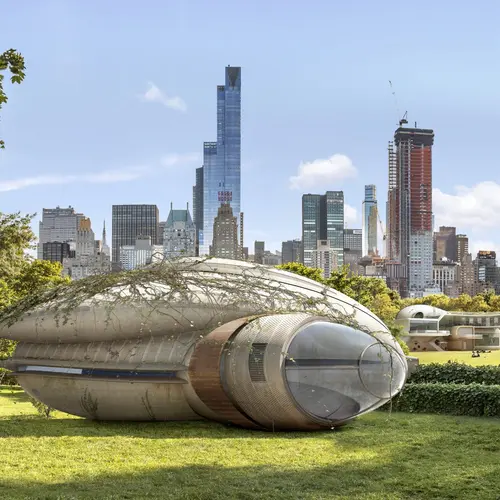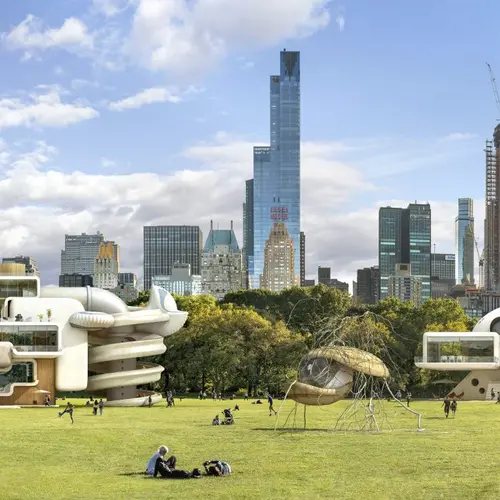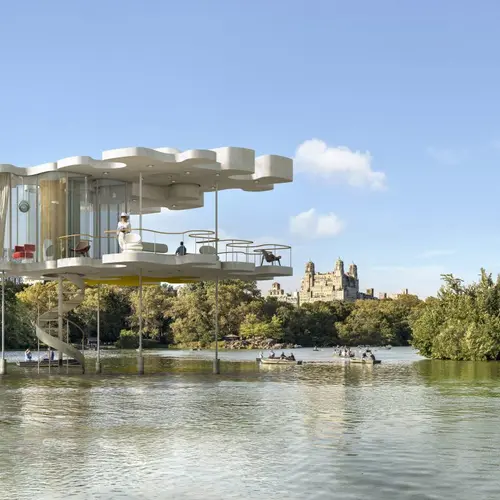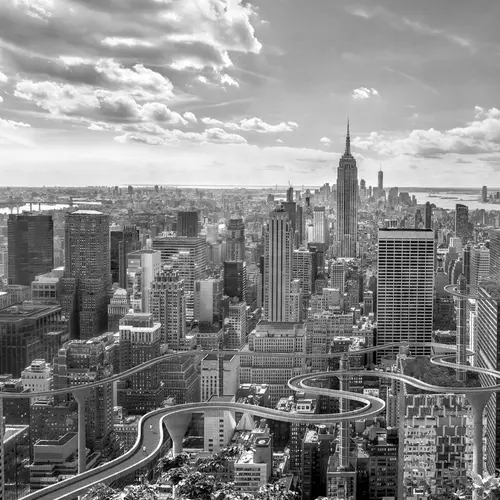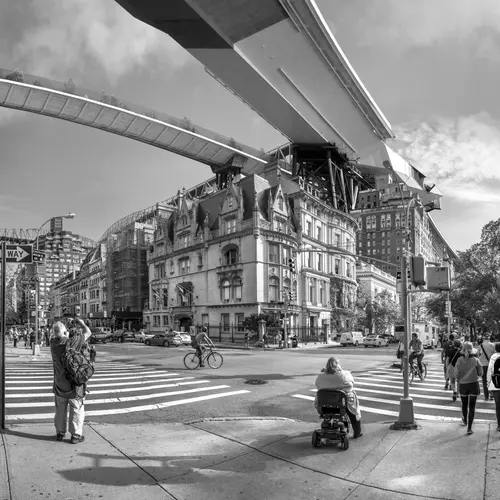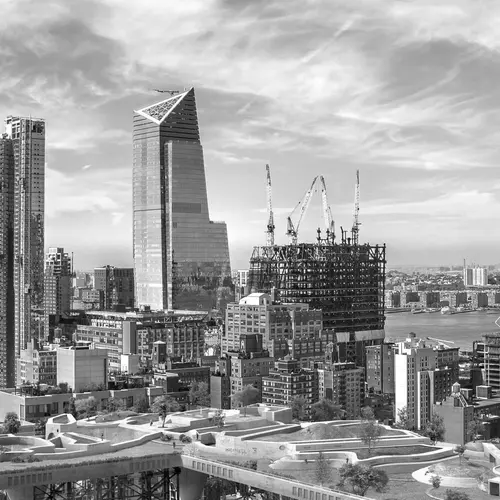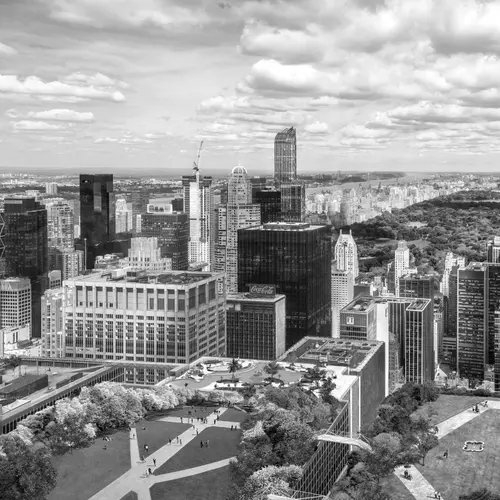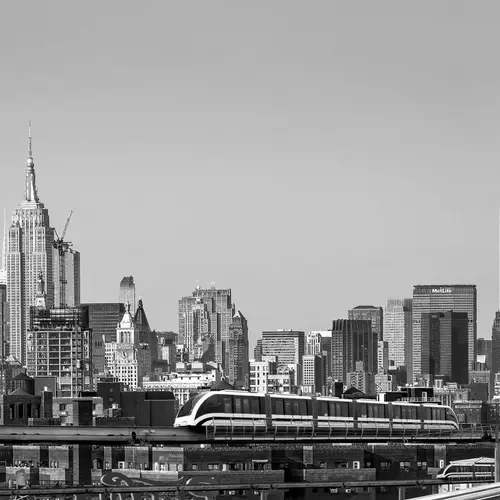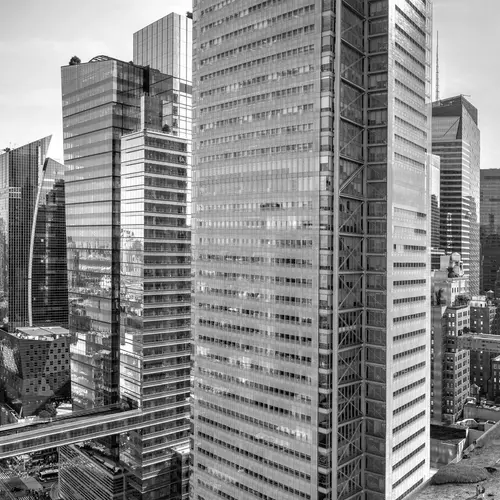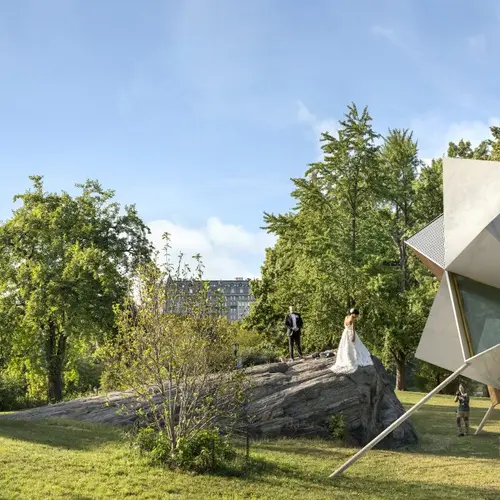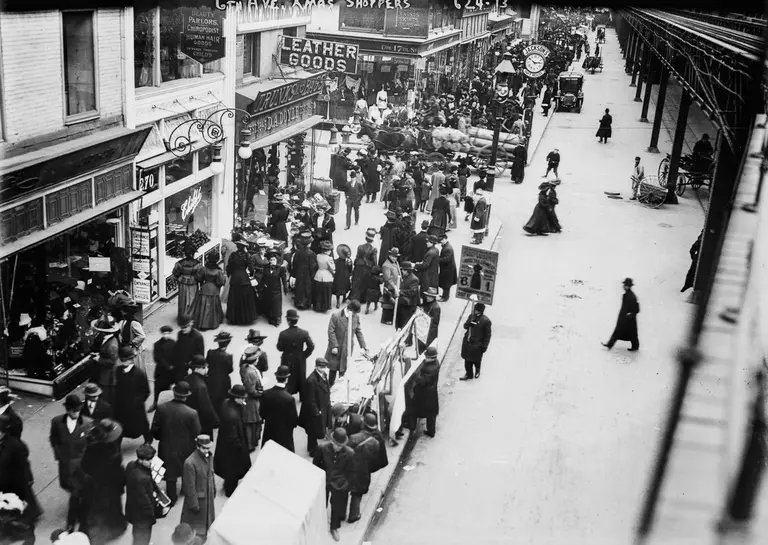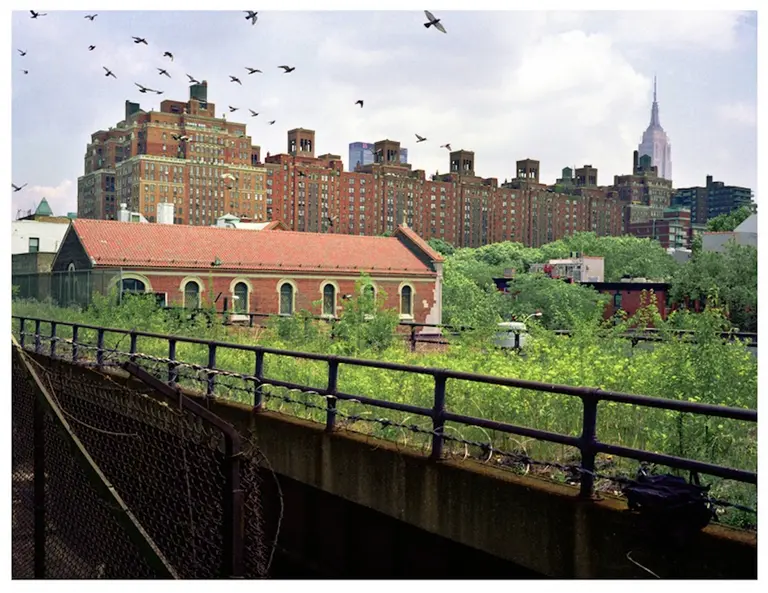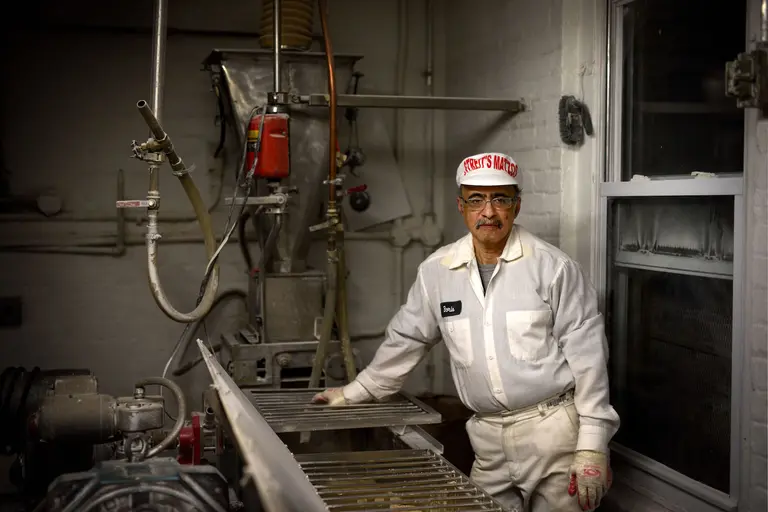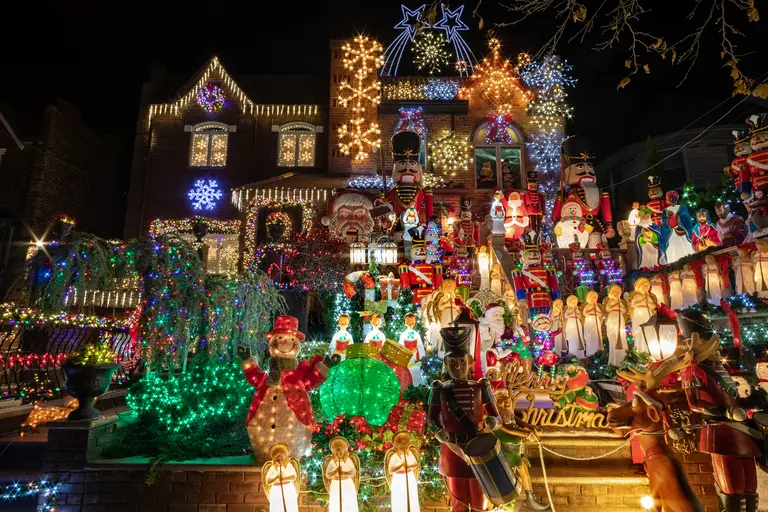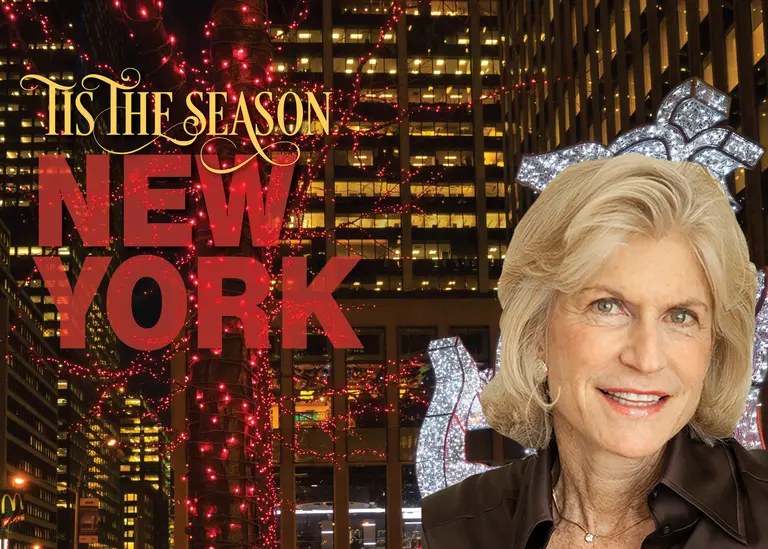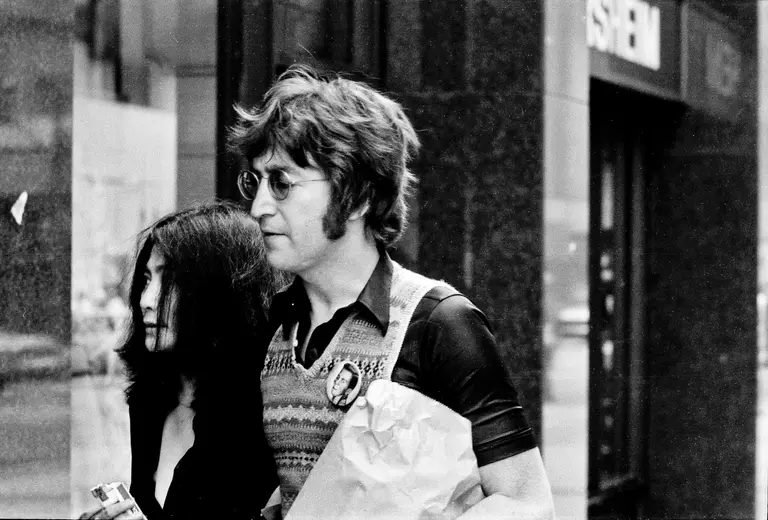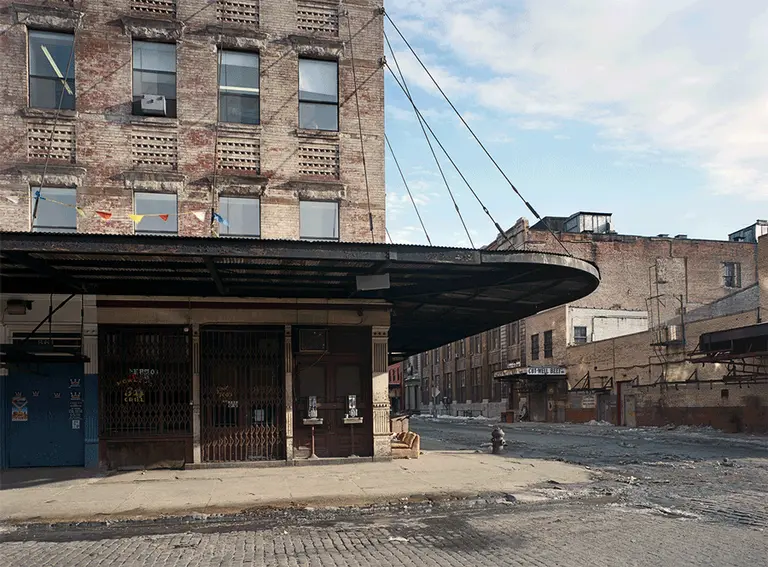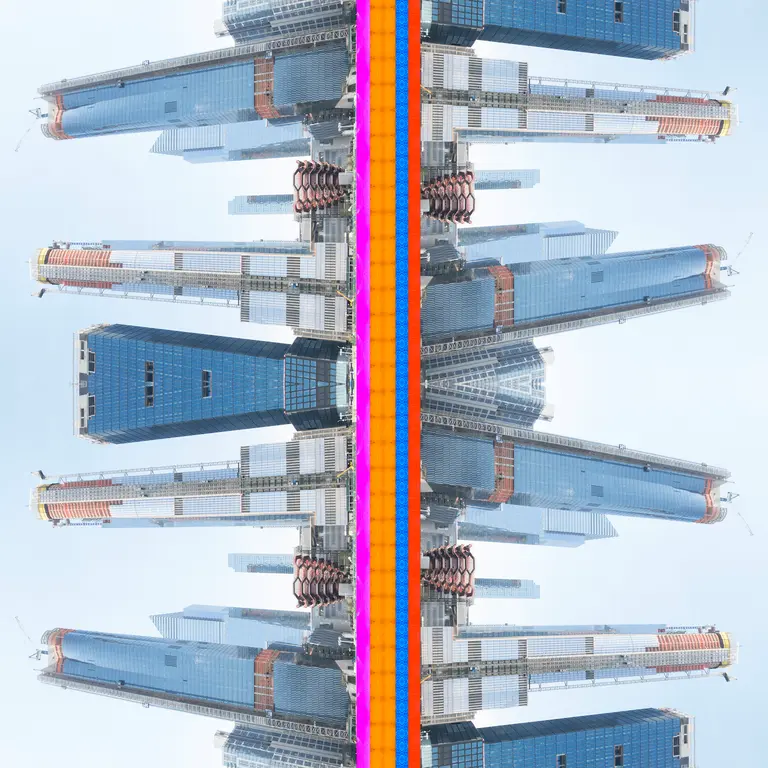The Urban Lens: Fantastical photo manipulations reimagine Central Park and its surroundings
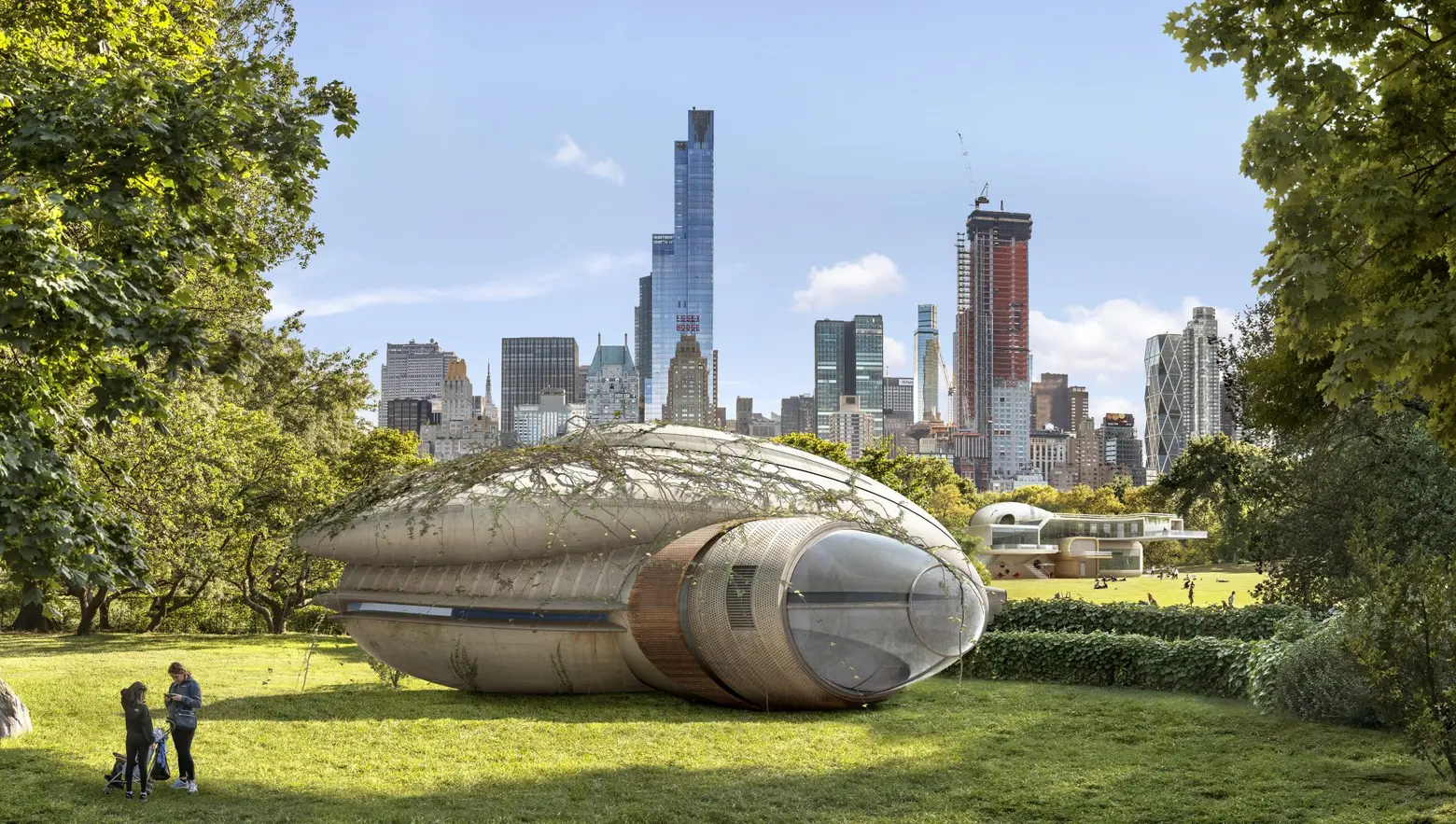
Image © Dionisio González
6sqft’s series The Urban Lens invites photographers to share work exploring a theme or a place within New York City. In this installment, Spanish artist Dionisio González presents two series of digital photos showcasing Central Park. Are you a photographer who’d like to see your work featured on The Urban Lens? Get in touch with us at [email protected].
Architect and photographer Dionisio González has made a name for himself with his surrealist photo manipulations, which typically combine existing buildings and urban spaces with digitally drawn structures and landscapes. His latest two series take on Central Park and how the city’s giant “void” relates to its surrounding skyscrapers. In his “Thinking Central Park” series, González fills the space with futuristic shelters. Conversely, in the black-and-white series “Dialectical Landscape” he adds empty spaces as aerial extensions of the park for recreation and transportation.
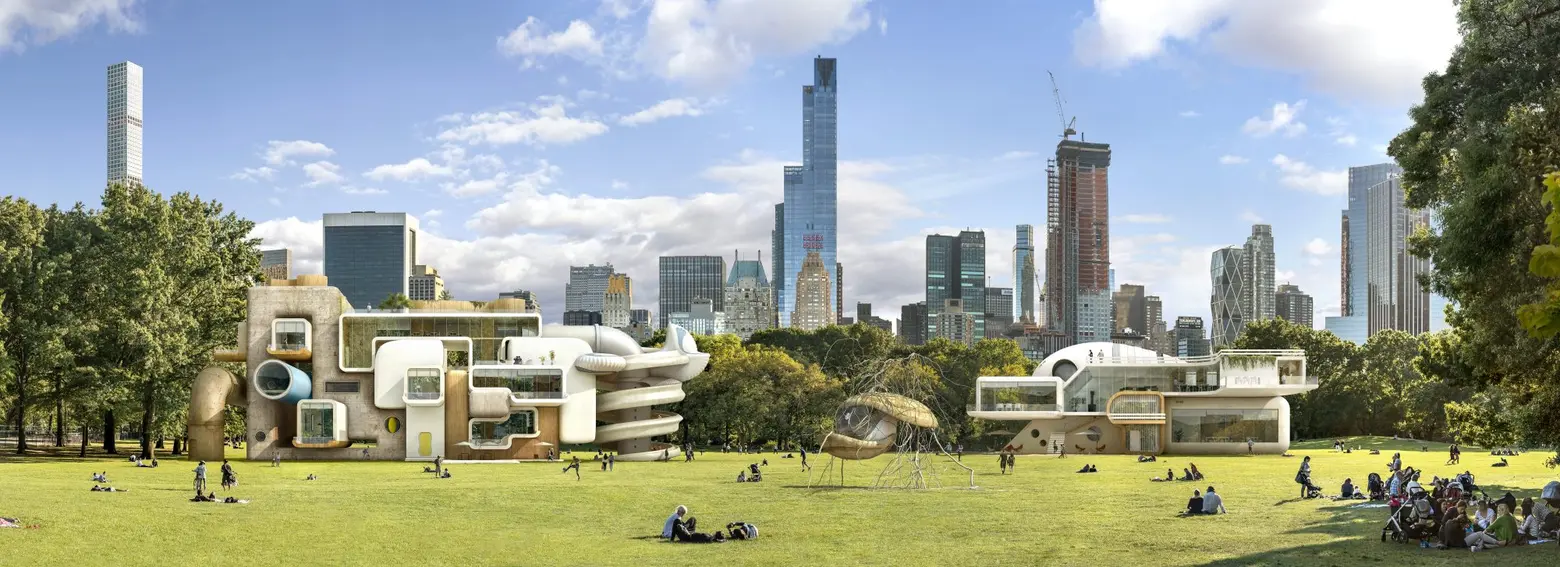 “Olmsted’s Eye”
“Olmsted’s Eye”
González’s series were influenced by his interpretation of four famous minds’ visions of the park–those of Walter Benjamin, Robert Smithson, J. D. Salinger and Lady Gaga.
According to Galerie Richard, where the photos are on view through August 27th, the artist looked to Robert Smithson’s article “Frederick Law Olmsted and the Dialectical Landscape,” which “considers Central Park and New York landscape as a place indifferent to any formal ideals, a place for multiplicity, opportunism and unexpected creativity.” In the article, Smithson writes, “Olmsted’s parks exist before they are finished, which means in fact they are never finished; they remain carriers of the unexpected and of contradiction on all levels of human activity, be it social, political or natural.”
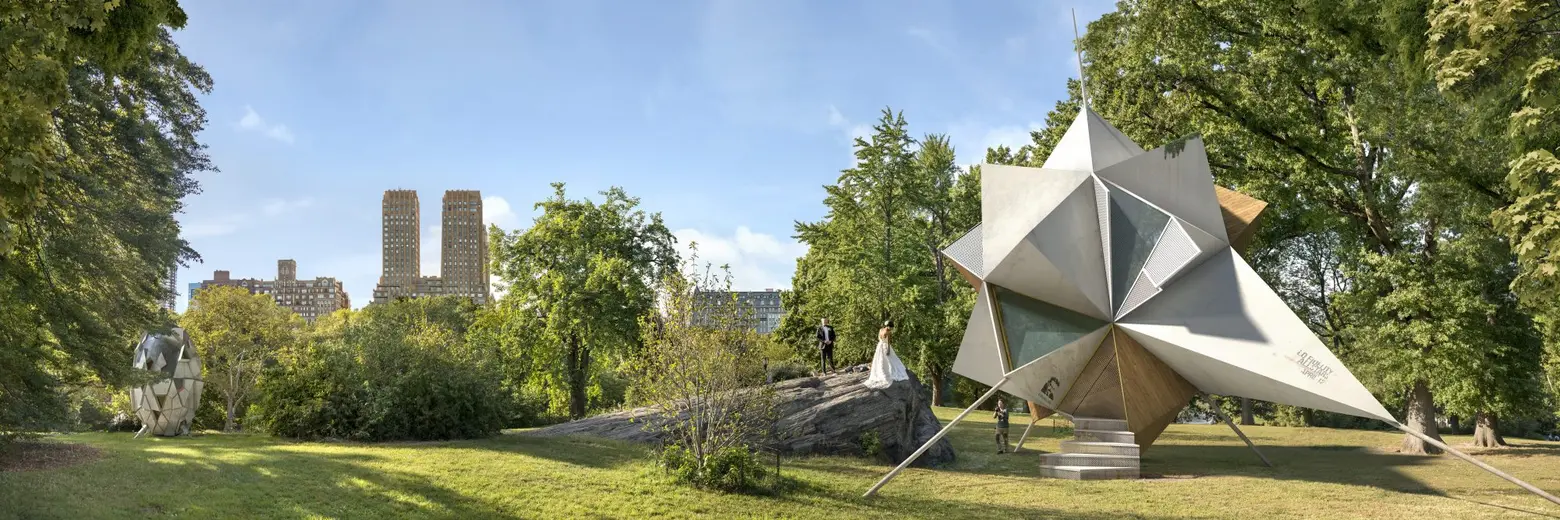 “W. Benjamin’s Cabin”
“W. Benjamin’s Cabin”
González also felt inspired by Walter Benjamin’s quote that “The labyrinth is the right path for the person who always arrives early enough at his destination. This destination is the marketplace.”
 “Salinger’s Refuge”
“Salinger’s Refuge”
In Salinger’s “Catcher in the Rye,” iconic character Holden Caulfield repeatedly inquires asks, “You know those ducks in that lagoon right near Central Park South? That little lake? By any chance, do you happen to know where they go, the ducks, when it gets all frozen over? Do you happen to know, by any chance?”
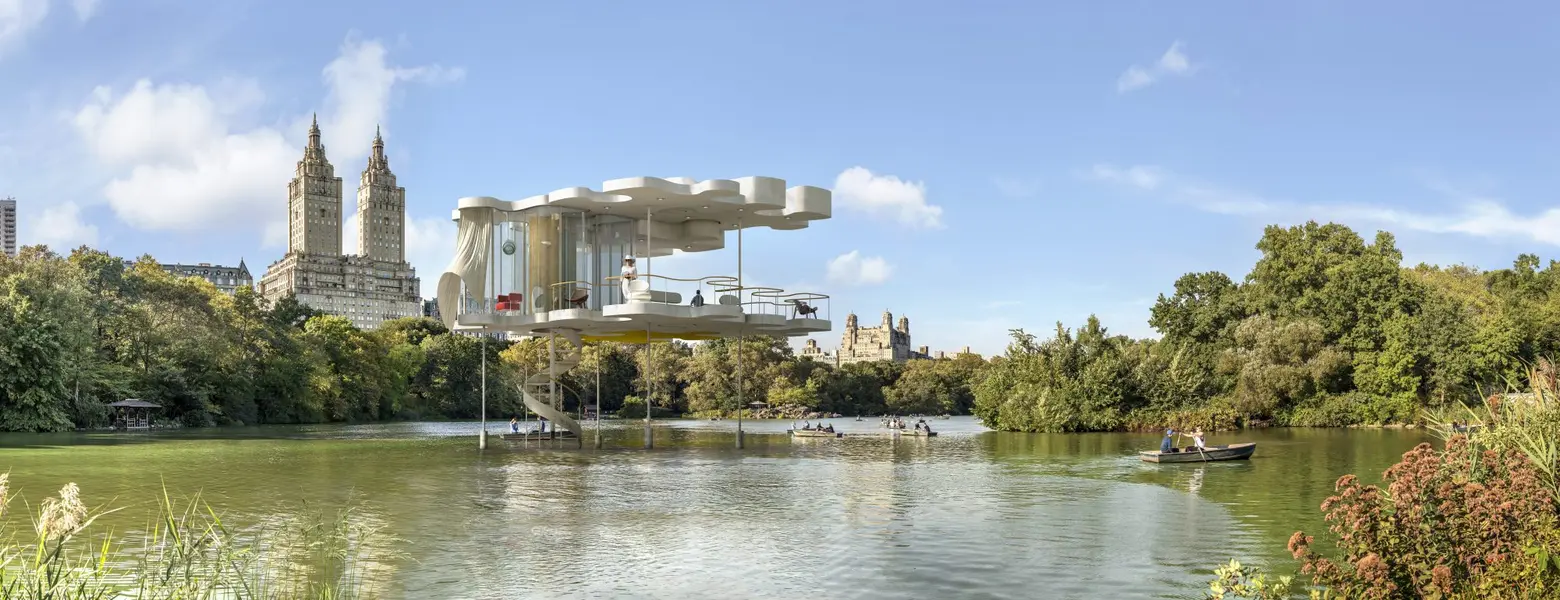 “Lady Gaga’s Belvedere”
“Lady Gaga’s Belvedere”
His musings on Lady Gaga very tangentially relate back to “Catcher in the Rye.” When Mark David Chapman shot John Lennon outside the Dakota, he was partially motivated by a misinterpretation of the book (he even read excerpts during his trial). Last year, Lady Gaga placed flowers on Lennon’s “Imagine” memorial at Strawberry Fields in the park. González explains how this act is included in the “dialectical landscape,” which also “includes the penthouse at number 40 South Park Central for which Lady Gaga pays 220,000 dollars a month.”
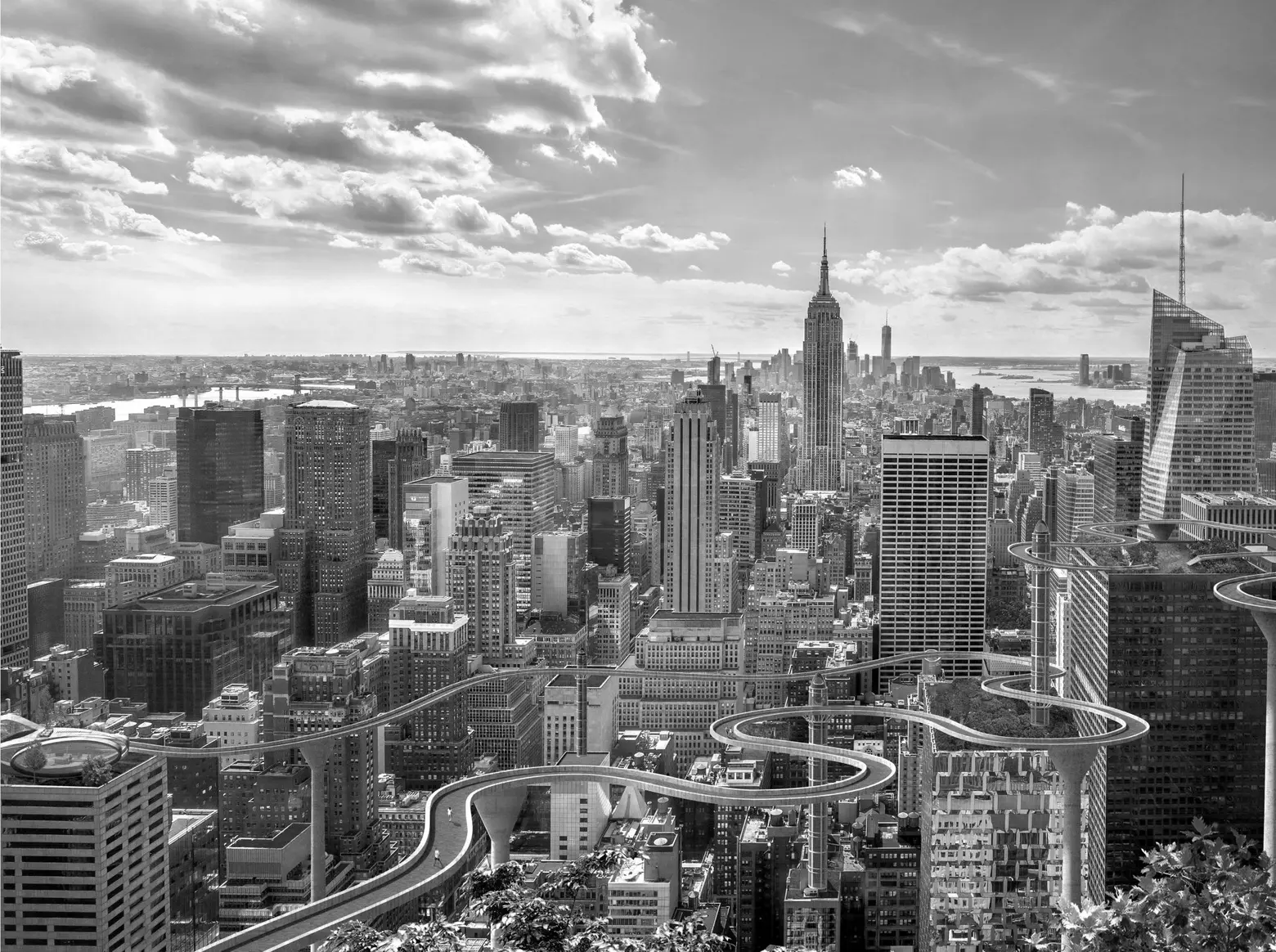
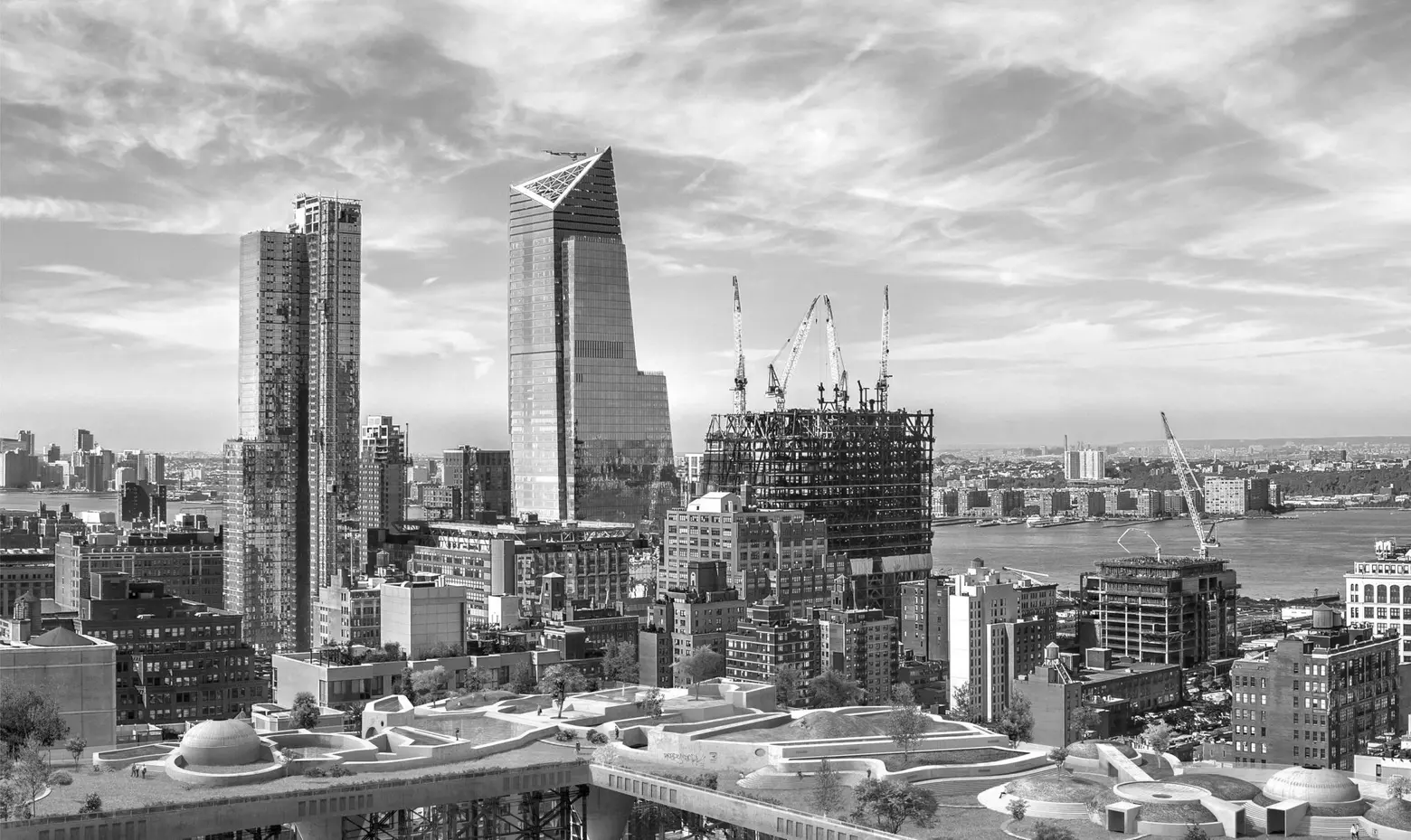
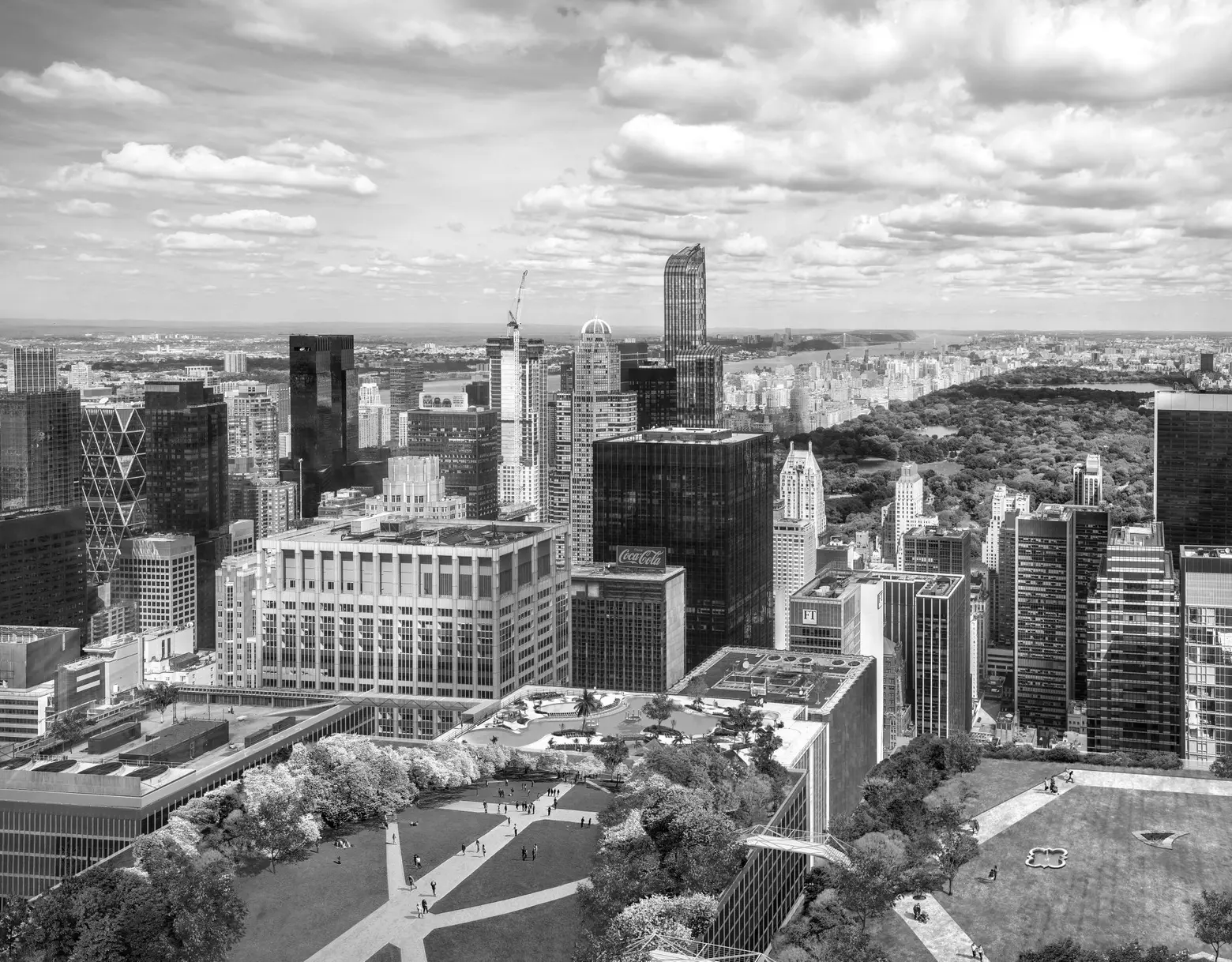
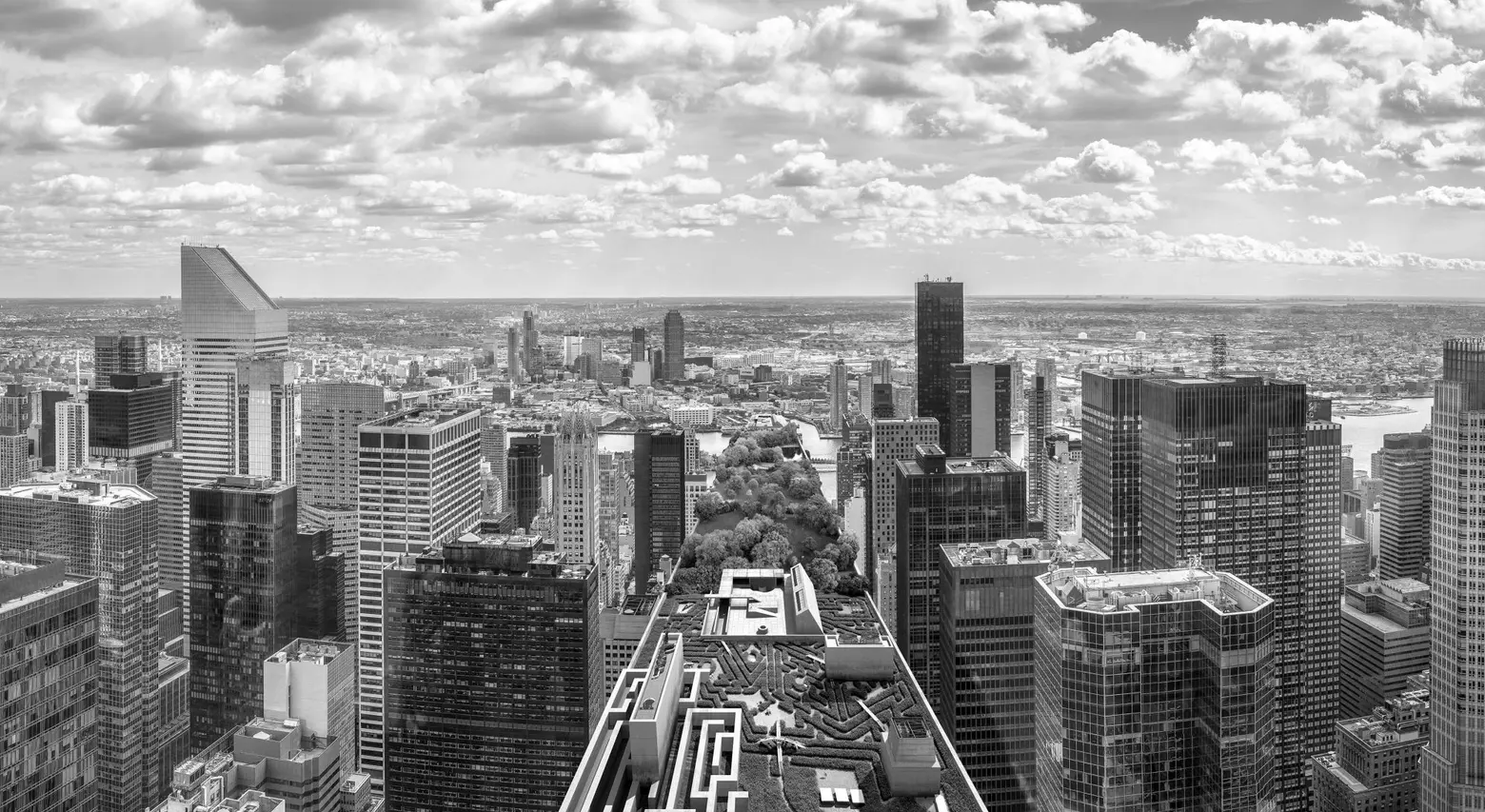
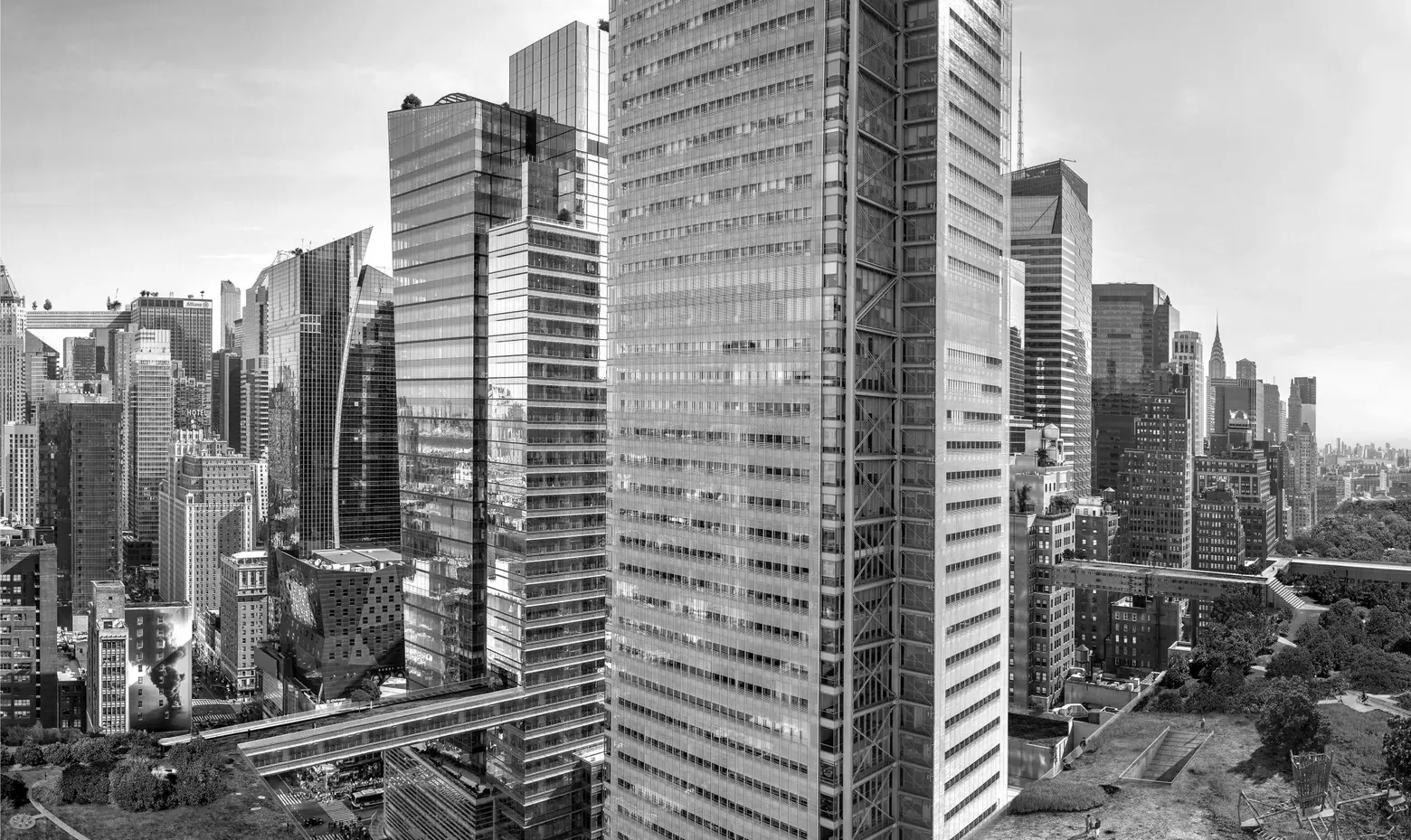

Each of the “Dialectical Landscape” images focuses on a different extension of the park: downtown curving atop buildings; an additional aerial Central Park; the park extended as a “super High Line” pedestrian path; and high-speed elevated subways. As Galerie Richard explains, “It is a city with different heights of frameworks and activities, a city three-dimensionally connected.”
Both series are on view at Galerie Richard (121 Orchard Street) through August 27th. Find out more about the exhibit here >>
+++
RELATED:
- Skyscraper Proposal Digs Out Central Park and Surrounds It With 1,000-Foot Glass Structure
- The Guggenheim Superimposed On a Struggling Colombian City Highlights Urban Identity
- The Urban Lens: Flora Borsi superimposes refused Ellis Island immigrants against modern NYC scenes
All images © Dionisio González
